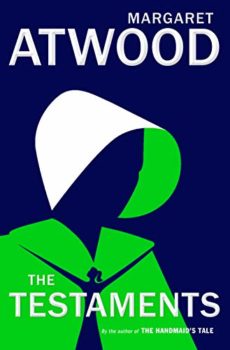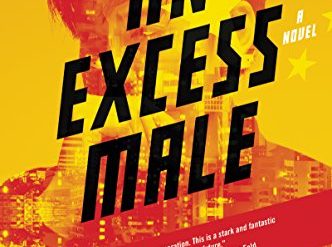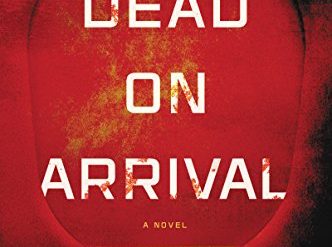
Sometimes a screen adaptation veers far from the trajectory of the novel on which it’s based. That’s not the case with Margaret Atwood‘s Handmaid’s Tale sequel, The Testaments. Instead, Atwood takes up the story of the women of Gilead following events seen on the screen. She had consulted closely with the producers of the streaming version, and it shows. And although June, the Handmaid herself, makes only a cameo appearance late in the novel, and others narrate the story, The Testaments is all about June and her daughters. While it’s not necessary to view the Tale on Hulu before reading The Testaments, you’ll probably need to read the Handmaid’s Tale first to fully appreciate the story.
Three women tell the tale in The Testaments. One is the dreaded Aunt Lydia, who is now identified as a founder and the leader of Gilead’s Aunts. She is the central character in this sequel, and we gain a very different perspective on her. The other two narrators are both young women—children at first, really—who are cleverly identified as Witness 369A and Witness 369B. Through the interlocking experiences of these three women, Atwood explores the depths of corruption in Gilead and helps illuminate how it came into being.
The Testaments by Margaret Atwood (2019) 381 pages @@@@@ (5 out of 5)
Winner of the Booker Prize
Corruption is the principal theme in the Handmaid Tale‘s sequel
Corruption is, in fact, the overarching theme in The Testaments. It’s a reality in every society, although much more so in some than in others. However, corruption reaches its full flowering in an authoritarian society. In Atwood’s Republic of Gilead, corruption is a natural consequence of the power given to men over women’s bodies. It’s an eloquent cautionary tale about what the future might bring if today’s American religious zealots gain the power they seek over the US government.
For further reading
Two years ago I reviewed Atwood’s The Handmaid’s Tale. My review is at Reading “The Handmaid’s Tale” in the Age of Trump. I’ve also reviewed her Maddaddam Trilogy:
- Oryx and Crake (MaddAddam Trilogy #1)—Margaret Atwood’s brilliant dystopian fiction;
- The Year of the Flood (MaddAddam Trilogy #2)—Margaret Atwood’s imaginative view of our future (you won’t like it); and
- MaddAddam (MaddAddam Trilogy #3)—Margaret Atwood’s classic dystopian fiction.
You’ll find this book in good company on my post, Pandemic got you down? Read these books!
For more good reading, check out:
- The ultimate guide to the all-time best science fiction novels;
- Great sci-fi novels reviewed: my top 10 (plus dozens of runners-up); and
- The top 10 dystopian novels reviewed here (plus dozens of others).
You might also check out Top 10 great popular novels reviewed on this site.
And you can always find my most popular reviews, and the most recent ones, plus a guide to this whole site, on the Home Page.


























